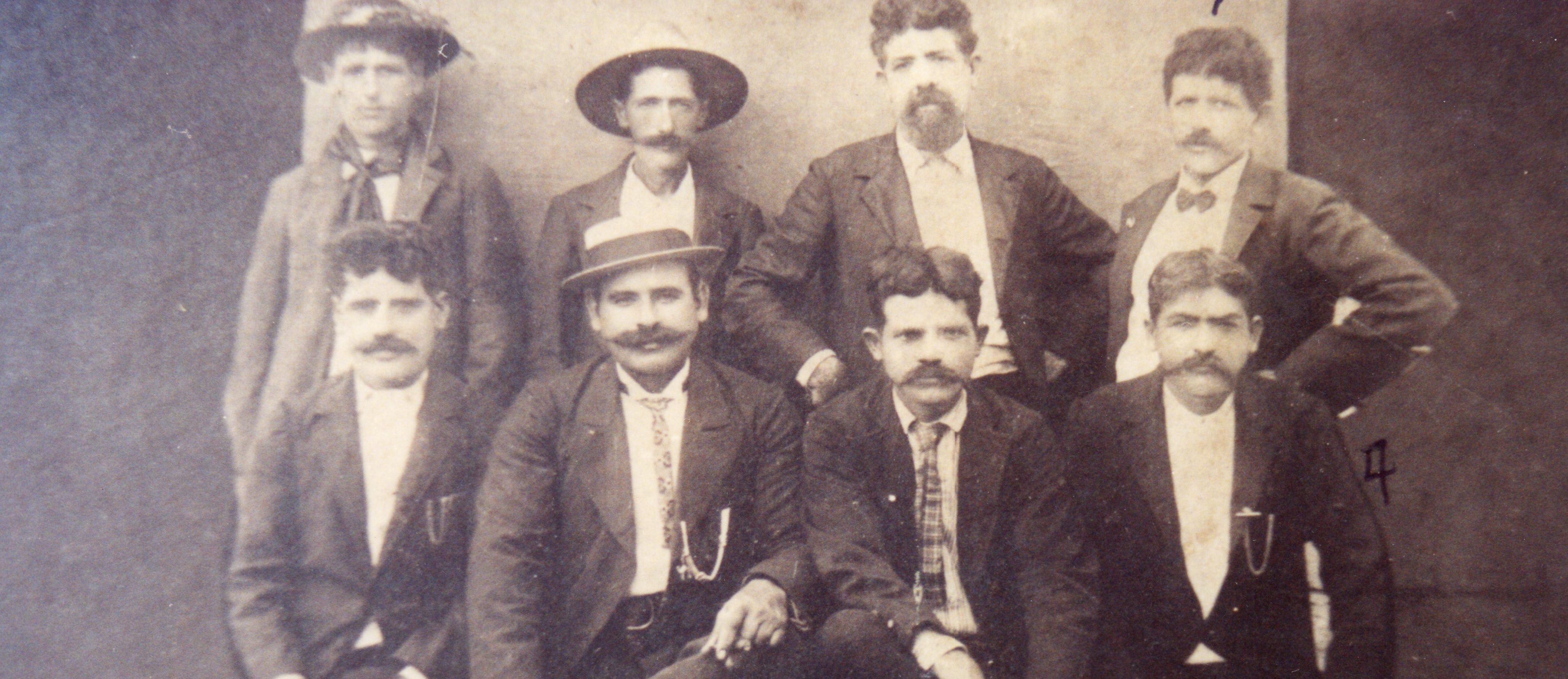This is a description of the S.S. Bordeaux which arrived in Hawaii 2 Oct 1884. There were 760 passengers from Madeira and Coronel, Chile.
An Unusual Amount of Children Died
This voyage was marked by an unusual amount of children dying before arrival in Hawaii. Of the 72 deaths, 69 were children. Most of them died of measles. Someone at the port at Madeira brought the disease in. It spread to the passengers of the ship.
When the ship arrived at Honolulu, food had to be brought to the ship. They were running out of provisions. They had already run out of bread before reaching Hawaii.
A Description of the Voyage
The steamship Bordeaux, left Madeira on July 22, 1884, and after the ship set sailing away from Madeira, it was found there were 20 stowaways on board. During the trip to the Islands there were 12 births and 72 deaths, 69 were children under the age of 10 years. Two of the adults died of consumption, the third adult was handicapped at 19 years of age, and died the day before the arrival at Honolulu at 5 o’clock p.m. after suffering from consumption for nearly 3 years. This steamer has a greater carrying capacity than the SS City of Paris, but she brought a less number of immigrants. The mortality, it is claimed was due more to the introduction of measles at the port of Madeira than from any other cause, although the change of climate might have caused some of it. The trip of the vessel was made as follows: She entered the Straits of Magellan, passing Cape Virgene, August 19, and cleared Cape Aeiler and entered the Pacific on August 22, 1884. The ships baking apparatus having been broken down, she went to Coronal, Chile, for biscuits on September 17, then sailed again on September 19, and arrived in Honolulu on October 2, 1884, making a trip of 72 days from Madeira, anchored at Wilder’s wharf at 9 o’clock a.m.
Dr. Parker of the Board of Health and Dr. Henri McGrew, the port physician visited the vessel after an examination, found no evidence of contagion. They learned that greater part of the mortality was noted when the vessel was crossing Cape Horn, mainly attributed to the cold atmospheric effect on those who had the measles. Through the efforts of a new port captain at Madeira, the Bordeaux was allowed to bring only a portion of the immigrants who were prepared to sail to Honolulu. About 400 Portuguese were left behind. It is expected that another vessel will be sent from London to bring the remainder of them here. The circumstances was caused by a change of interpretations of the regulations for emigrants, which say that the vessel may carry 2 person (adults) for every 5 tons of register. In this case, the authorities have decided that it means 2 persons for each 5 ton of space appropriated to the passengers. Should the Japanese immigration of laborers prove a success, and plenty laborers, of a satisfactory quality be introduced under it, there will be a cry to stop the spending of money on the introduction of Portuguese. This will be a grave mistake although we have to confess that it will be a natural one because it is true, that to the planter who only looks to laborers so favorably known. But, should the Portuguese be discontinued, ??? The first cost is high, and the wages of the men are high, but taking the average cost of the labor performed by the men, women and children, they are cheaper than any other class now here. From the steamship “City of Paris” it was my good fortune to get 14 families. The average wage of the 14 men are 68 cents per head per day, to this must be added, say 15 cents per day for the first cost of interest on same, etc., that made the cost for the men 83 cents per day. Too costly, no doubt, but beside the men, we have an average of 20 women, girls and boys doing good work, at an average daily wage of 31 and a half cents. That gives a total of 34 workers at an average cost of 52 7/10 cents per day.
Chinese laborers are getting 65 cents per day where I write from, and on some plantations they are getting out for light hoeing much more (and on a well kept Plantation, there should be no heavy hoeing,) there, women and children will do much of the work in a day as a Chinaman, and at stripping cane, many people believe they, the women and children, do better and more! Again, with the 14 men, there are 20 women and children working, some 25 other children too young to work, but who will eventually, as they grow up become the most valuable of the plantation hands. Furthermore, every Portuguese family consumes about 3 bags of flour per month, besides a variety of other California produce, and help to make up the balance of the trade with the United States, and thus strengthen the treaty.
NOTE: Excerpt taken from the Pacific Commercial Advertiser – 1884. On microfilm at the Hawaii State Library.
More Articles on this Voyage
Short articles about the voyage of the Bordeaux from the Daily Bulletin.
More snippets about the arrival of the voyage including the sad fate of Maria de R. Fernandez who was immediately taken to an insane asylum.
——






